A microchip implant into the brain of a paralyzed man managed to restore sensation and movement in his hand and arm in a historic trial.
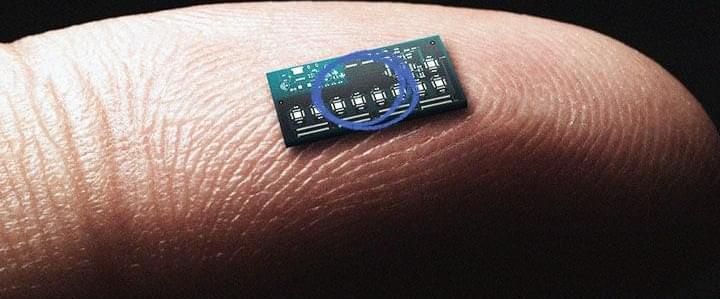


We often believe computers are more efficient than humans. After all, computers can complete a complex math equation in a moment and can also recall the name of that one actor we keep forgetting. However, human brains can process complicated layers of information quickly, accurately, and with almost no energy input: recognizing a face after only seeing it once or instantly knowing the difference between a mountain and the ocean.
These simple human tasks require enormous processing and energy input from computers, and even then, with varying degrees of accuracy.
Creating brain-like computers with minimal energy requirements would revolutionize nearly every aspect of modern life. Quantum Materials for Energy Efficient Neuromorphic Computing (Q-MEEN-C)—a nationwide consortium led by the University of California San Diego—has been at the forefront of this research.
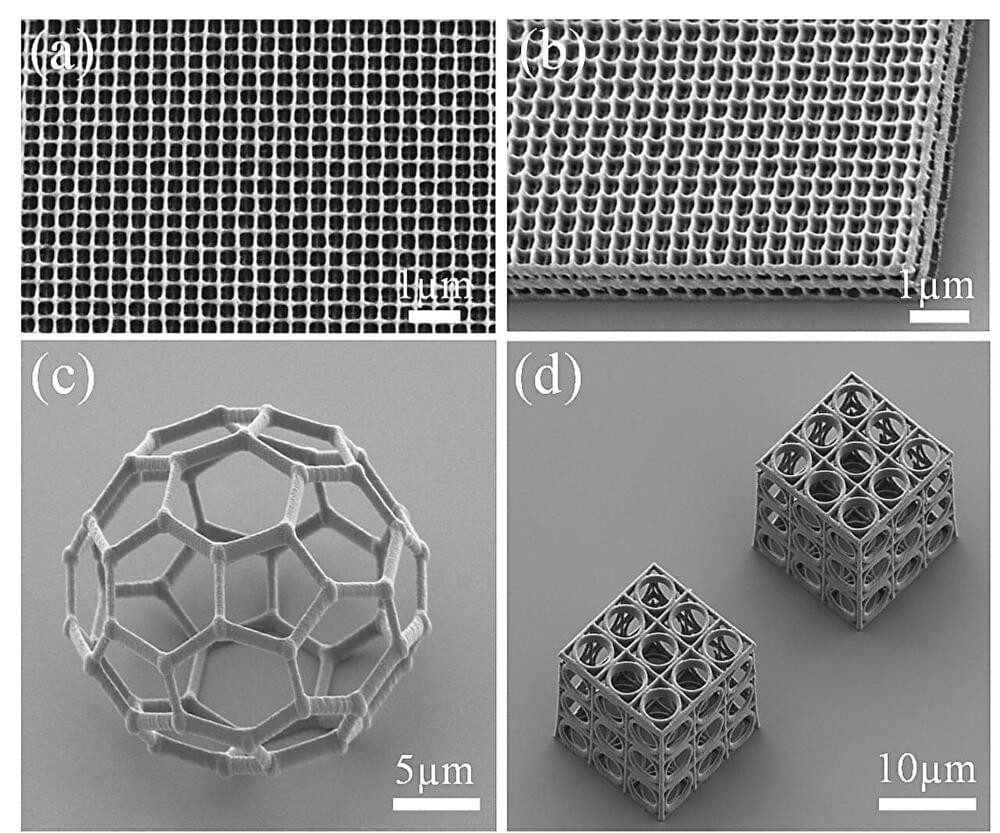
Researchers have developed an easy-to-build, low-cost 3D nanoprinting system that can create arbitrary 3D structures with extremely fine features. The new 3D nanoprinting technique is precise enough to print metamaterials as well as a variety of optical devices and components such as microlenses, micro-optical devices and metamaterials.
“Our system uses a two-step absorption process to realize 3D printing with accuracy reaching the nanometer level, which is suitable for commercial manufacturing,” said research team leader Cuifang Kuang from the Zhejiang Lab and Zhejiang University, both in China. “It can be used for a variety of applications such as printing micro or nanostructures for studying biological cells or fabricating the specialized optical waveguides used for virtual and augmented reality devices.”
Conventional high-resolution 3D nanoprinting approaches use pulsed femtosecond lasers that cost tens of thousands of dollars. In Optics Letters, Kuang and colleagues describe their new system based on an integrated fiber-coupled continuous-wave laser diode that is not only inexpensive but also easy to operate.
How To Own Yourself (Jungian Philosophy)
Skip the waitlist and invest in blue-chip art for the very first time by signing up for Masterworks: https://masterworks.art/philosophies.
Purchase shares in great masterpieces from artists like Pablo Picasso, Banksy, Andy Warhol, and more. 🎨 See important Masterworks disclosures: http://masterworks.io/cd.
In this video we will be talking about how to own yourself from the philosophy of Carl Jung. He found his own school of psychology, called analytical psychology and his philosophy is dubbed as “Jungian philosophy”. Within the field of psychology, Jung is famously known for introducing the terms ‘introvert’ and ‘extravert,’ introducing archetypes of the psyche and classifying the boundary between the unconscious and conscious. Our consciousness includes everything that we know about ourselves; the unconsciousness entails everything that is part of us but that we are not aware of. Jung introduced ‘the ego’ and ‘the persona’ as our consciousness, and ‘the shadow’ and ‘the animus and anima’ as the parts that make up our unconsciousness. The shadow is one of the toughest, most intimidating parts to handle: it exists out of everything about ourselves that we dislike, which is why we often refuse to acknowledge it as a part of us. However, what many people don’t know is that not facing the shadow can be an even more intense blow on your self-esteem. But facing it is actually the only way to gain true control over yourself and who you are.
Which is why in this video, we will teach you how you can truly own yourself by doing so-called shadow work in 3 easy steps, from the philosophy of Carl Jung.
Step 1 — Meet Your Shadow.
Step 2 — Accept Your Shadow.
Step 3 — Integrate Your Shadow.
I hope you enjoyed watching the video and hope that this wisdom on owning yourself from the philosophy of Carl Jung will be helpful in your life.
Carl Jung, together with Sigmund Freud and Alfred Adler, is one of the 3 founders of psychoanalysis which is a set of psychological theories and methods aiming to release repressed emotions and experiences — in other words, to make the unconscious conscious. Jung was born in Switzerland in 1,875 and died in 1961, leaving behind great works in the fields of psychiatry, anthropology, archaeology, literature, philosophy, psychology and religious studies. Jung had Freud as a mentor for a good part of his career but later he departed from him. This division was painful for Jung and it led him to found his own school of psychology, called analytical psychology as a comprehensive system separate from psychoanalysis. If classical psychoanalysis focuses on the patient’s past, as early experiences are very important in personality development, analytical psychology primarily focuses on the present, on mythology, folklore, and cultural experiences, to try to understand human consciousness. One of the most important ideas of analytical psychology which Jung founded is the process of individuation, which is the process of finding the self — something Jung considered an important task in human development. While he did not formulate a systematic philosophy, he is nonetheless considered a sophisticated philosopher — his school of thought dubbed “Jungian philosophy”. Its concepts can apply to many topics covered in the humanities and the social sciences. A good part of his work was published after his death and indeed there are still some articles written by him that to this day have yet to be published. Some of his most important books are: “Psychology of the Unconscious”, “Man and His Symbols”, “The Archetypes and The Collective Unconscious”, “Modern Man In Search of a Soul”, “The Psychology of the Transference”, “Memories, Dreams, Thoughts”, and “The Relations Between the Ego and the Unconscious”. Besides being a great writer and a researcher, he was also an artist, a craftsman and even a builder. His contribution is enormous and there is a great deal we can learn from his works.
Research/Writing: Lisa Hentschke.
Narration/Audio Editing: Dan Mellins-Cohen.
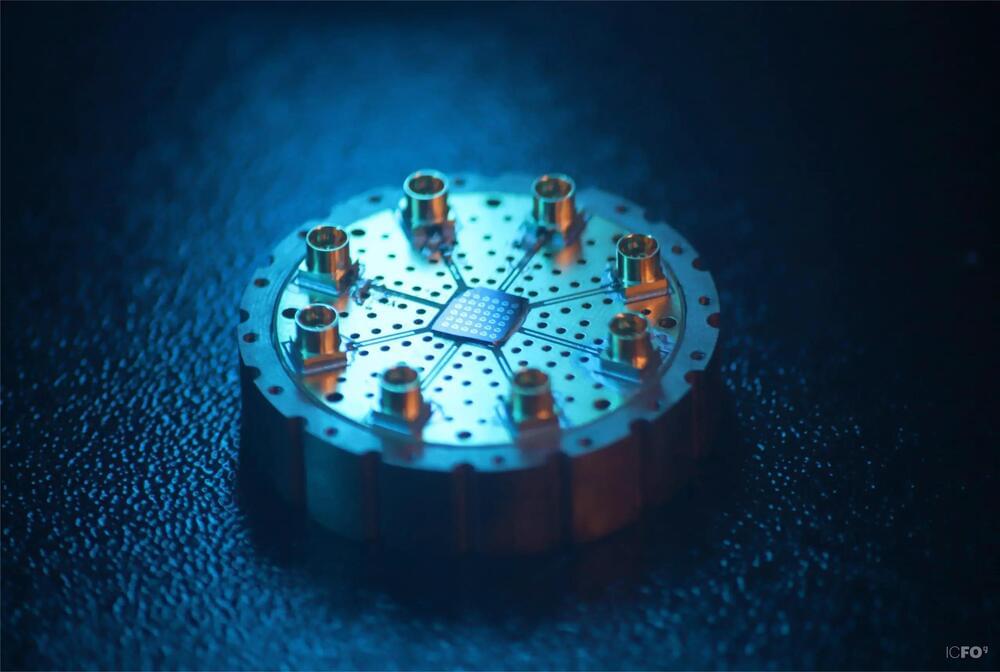
Quantum information (QI) processing has the potential to revolutionize technology, offering unparalleled computational power, safety, and detection sensitivity.
Qubits, the fundamental units of hardware for quantum information, serve as the cornerstone for quantum computers and the processing of quantum information. However, there remains substantial discussion regarding which types of qubits are actually the best.
Research and development in this field are growing at astonishing paces to see which system or platform outruns the other. To mention a few, platforms as diverse as superconducting Josephson junctions, trapped ions, topological qubits, ultra-cold neutral atoms, or even diamond vacancies constitute the zoo of possibilities to make qubits.

Arnav Kapur, from MIT, has developed a device called AlterEgo, which allows him to surf the internet and perform tasks like ordering pizza using his mind. By internally vocalizing commands or questions, the device intercepts the electrical signals that would normally go to the vocal cords and sends them to a computer, which then communicates the information to Kapur’s inner ear through vibrations. Video: @60 Minutes #technology #futuretech #inspiration
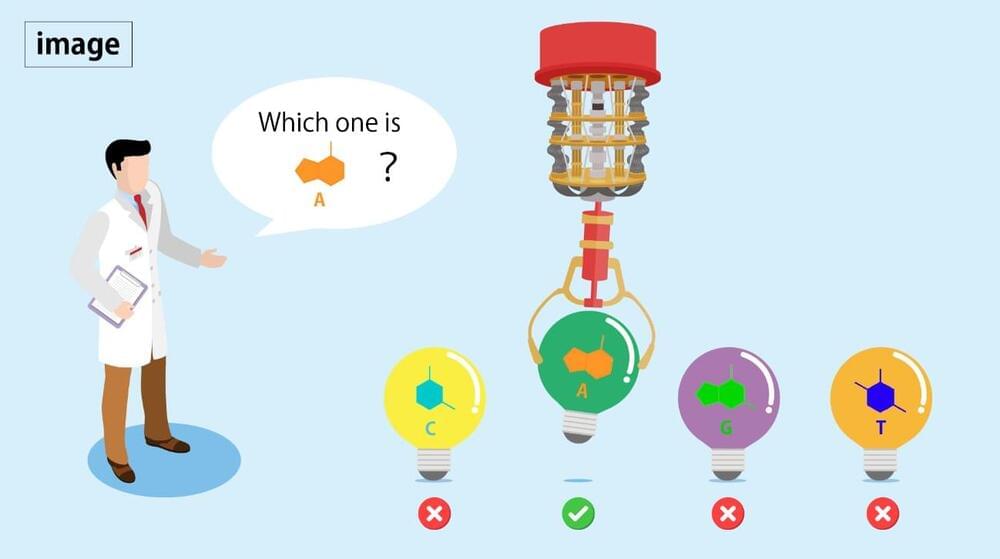
DNA sequencing technology, i.e., determining the order of nucleotide bases in a DNA molecule, is central to personalized medicine and disease diagnostics, yet even the fastest technologies require hours, or days, to read a complete sequence. Now, a multi-institutional research team led by The Institute of Scientific and Industrial Research (SANKEN) at Osaka University, has developed a technique that could lead to a new paradigm for genomic analysis.
DNA sequences are sequential arrangements of the nucleotide bases, i.e., the four letters that encode information invaluable to the proper functioning of an organism. For example, changing the identity of just one nucleotide out of the several billion nucleotide pairs in the human genome can lead to a serious medical condition. The ability to read DNA sequences quickly and reliably is thus essential to some urgent point-of-care decisions, such as how to proceed with a particular chemotherapy treatment.
Unfortunately, genome analysis remains challenging for classical computers, and it’s in this context that quantum computers show promise. Quantum computers use quantum bits instead of the zeroes and ones of classical computers, facilitating an exponential increase in computational speed.
For the first time ever, research scientists at the Massachusetts Institute of Technology (MIT) with the Institute for Soldier Technologies have demonstrated a level of control over the phenomenon known as quantum randomness.
If perfected, controlling quantum randomness could lead to a number of scientific breakthroughs, including the ability to perform previously impossible probabilistic quantum computing and advanced field sensing technologies.
Are Vacuum Fluctuations in the Quantum World Uncontrollable?

David Chalmers is a philosopher at New York University and the Australian National University. He is Professor of Philosophy and co-director of the Center for Mind, Brain, and Consciousness at NYU, and also Professor of Philosophy at ANU.
Chalmers works in the philosophy of mind and in related areas of philosophy and cognitive science. He is especially interested in consciousness, but am also interested in all sorts of other issues in the philosophy of mind and language, metaphysics and epistemology, and the foundations of cognitive science.
From an early age, he excelled at mathematics, eventually completing his undergraduate education at the University of Adelaide with a Bachelor’s degree in Mathematics and Computer Science. He then briefly studied at Lincoln College at the University of Oxford as a Rhodes Scholar before receiving his PhD at Indiana University Bloomington under Douglas Hofstadter. He was a Postdoctoral Fellow in the Philosophy-Neuroscience-Psychology program directed by Andy Clark at Washington University in St. Louis from 1993 to 1995, and his first professorship was at UC Santa Cruz, from August 1995 to December 1998.
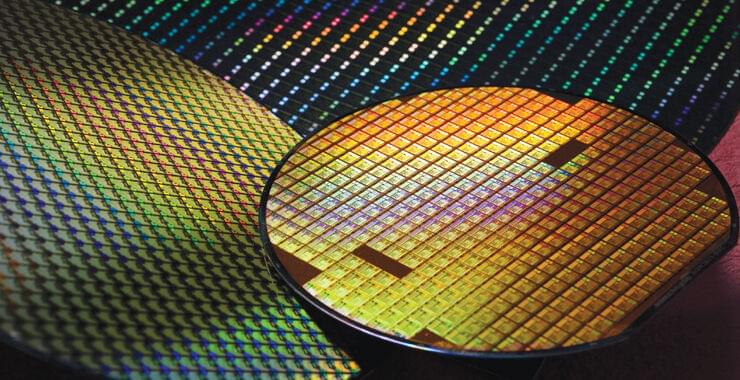
It’s been rumored for several months now that Apple will be using a new 3 nm manufacturing process from Taiwan Semiconductor (TSMC) for its next-generation chips, including M3 series processors for Macs and the A17 Bionic for some next-gen iPhones. But new reporting from The Information illuminates some of the favorable terms that Apple has secured to keep its costs down: Apple places huge chip orders worth billions of dollars, and in return, TSMC eats the cost of defective processor dies.
At a very high level, chip companies use large silicon wafers to create multiple chips at once, and the wafer is then sliced into many individual processor dies. It’s normal, especially early in the life of an all-new manufacturing process, for many of those dies to end up with defects—either they don’t work at all, or they don’t perform to the specifications of the company that ordered them.